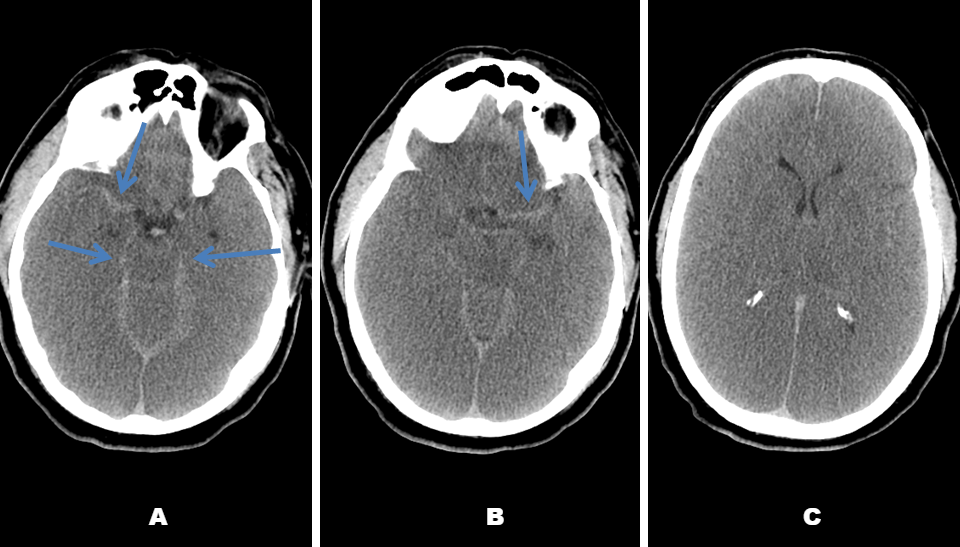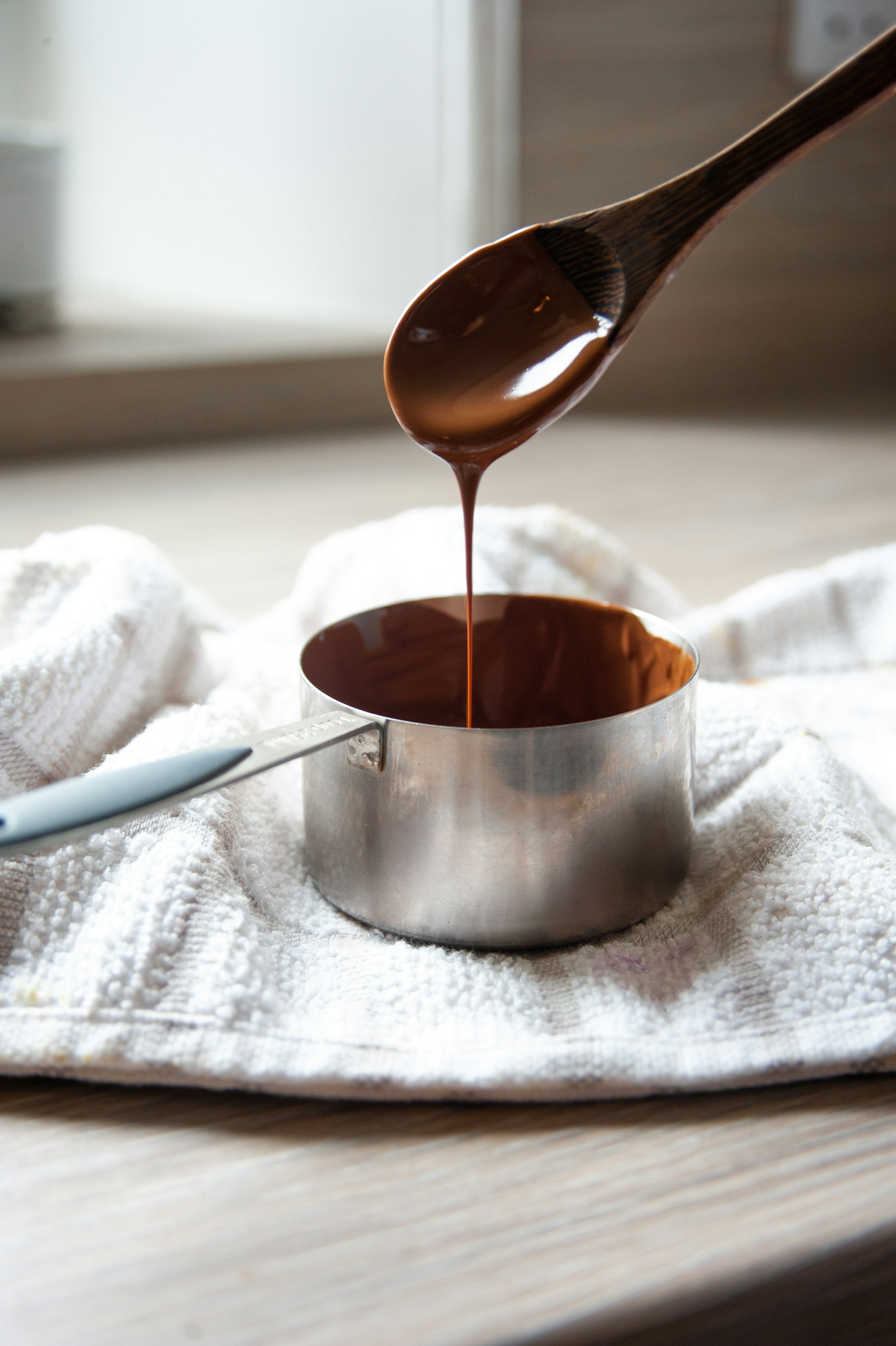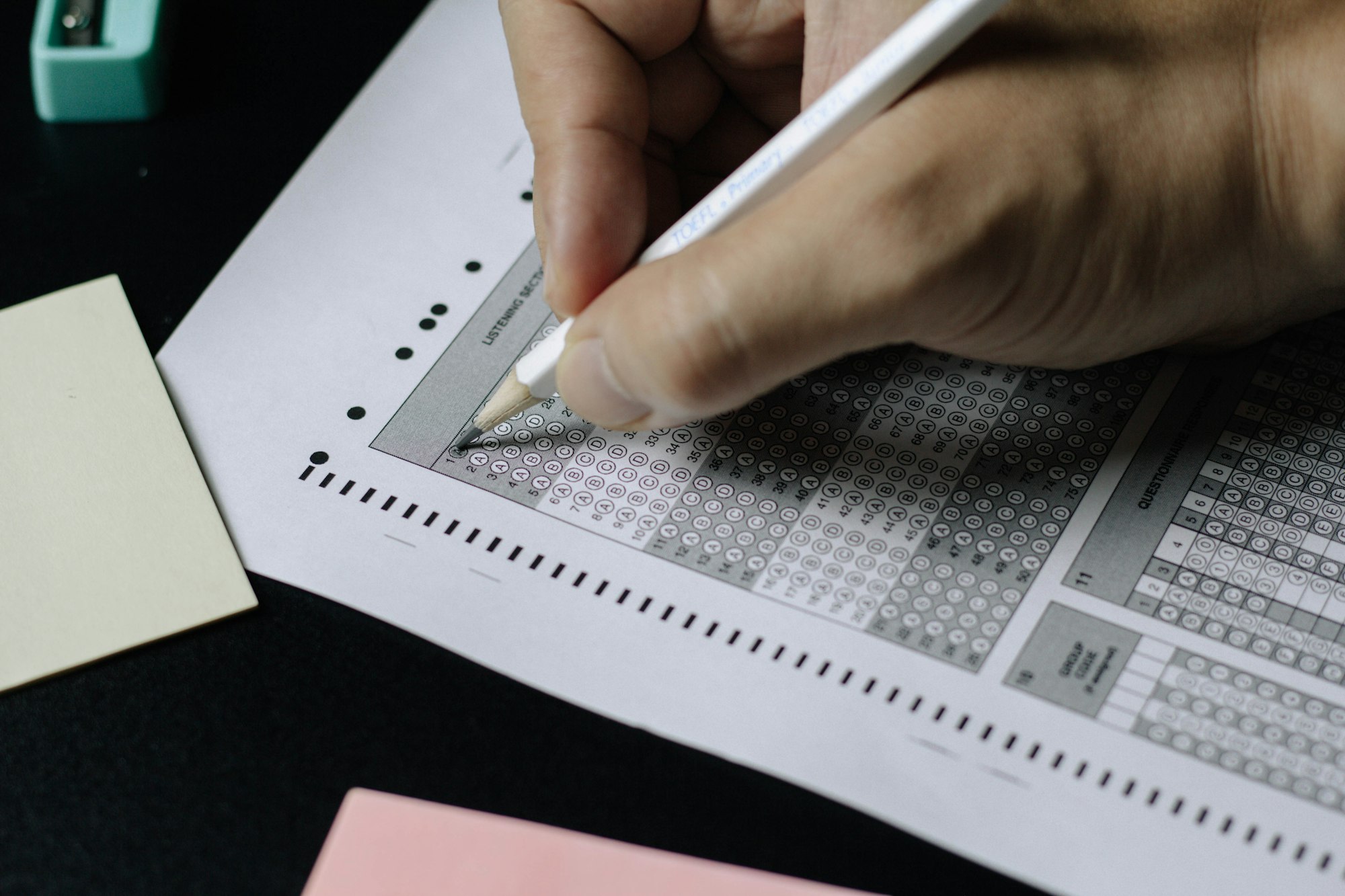An interesting gas

We're a bunch of unapologetic nerds here at Anaestheasier, and when a juicy blood gas comes our way, we can't help but share the love.
So please join us, and fire away with any questions or comments.
The story
A 59 year old man of just 51kg presents with a classic three day history of small bowel obstruction symptoms.
- Abdominal pain
- Distension
- Vomiting - food initially, then bile, then increasingly unpleasant and faeculent
The surgeons have seen, the surgeons have scanned and the surgeons have planned a laparotomy.
So we go to see.
By the time he's been put in front of us at handover and listed for said laparotomy he's in rather a bad way, profoundly dehydrated and with a storming acute kidney injury, and as we wheel him into theatre he's now bounding away at 170 beats per minute in atrial fibrillation and feeling rather peaky.
So rather than 'bosh off to sleep' followed by a large drip, we decided a spot of resuscitation was necessary before induction.
We started with a big old bag of fluid, and an awake arterial line, to see what kind of numbers we were looking at.
The numbers and what we did
The blood gas
- pH - 7.56
- pCO2 - 4.9
- pO2 - 14.7
- Na - 125
- K - 3.4
- Cl - 86
- Ca ionised - 1
- Glucose - 5.1
- Lactate - 2.1
- Hb - 98
- Base excess - 10
- Bicarbonate - 32
Contraction alkalosis
This gas is a beautiful example of contraction alkalosis - the opposite of why normal saline makes you acidotic.
- The body has lost sodium and chloride through vomiting, sweating and reduced intake
- Because the chloride is naturally lower than the sodium, and the body is better at retaining sodium ions, any 1:1 loss disproportionately affects chloride
- The buzz phrase is 'an increase in strong ion difference'
- The blood therefore loses more negative ions than positive and risks becoming positively charged
- To counteract this, the kidneys retain bicarbonate
- This causes a metabolic alkalosis by mopping up H+ ions
Note that the low ionised calcium may well be spurious here due to the alkalosis. Albumin binds free calcium much more keenly in alkalotic blood, reducing the ionised fraction.
- The vomiting has also caused a loss of potassium, however in this case the profound acute kidney injury had managed to counteract this and maintain an apparently normal potassium (for now)
This man also had platelets of 700 and an albumin of 36 on his formal bloods, which given his emaciated state would suggest profound haemo-concentration due to the hypovolaemia.
- However the Hb was only 98, where one might expect the concentrating effect to give a falsely high reading - so he's probably pretty severely anaemic as well - which the MCV of 60 agreed with
What followed was in fact an hour and a half of heavy duty accountancy as we steadily made the numbers better before thinking about going off to sleep.
So we gave some fluid
Keeping things simple, we started with a big drip and a fast litre of warmed normal saline, largely focusing on replacing volume and salt.
- The heart rate rapidly improved to 140 - hypovolaemia confirmed
- The sodium and chloride started to creep up nicely
- The pH came down to 7.47
- The potassium tanked to 2.6
- The glucose dropped to 3.1
- The haemoglobin plummeted to 65
Time for a central line and a bit of spicy potassium me thinks.
In went the line, off went the request form for two units of blood and up went another litre - this time of warmed Plasmalyte.
And because we're anaesthetists, we gave three grams of magnesium as well.
We started central potassium replacement and gave two units of packed red cells, a smidge of glucose and did another blood gas.
- The heart rate had improved further to 125
- The sodium and chloride normalised
- The pH normalised
- The ionised calcium shot back up to 1.6 without any replacement
- The potassium steadily improved
- The glucose normalised
- The Hb started to climb
- The patient soaked the bed
In went the catheter and we made the decision to hold fire on further fluids for now, given the blood pressure had held steady throughout and the patient was now 5% w/v iatrogenic fluid, with a heart rate that didn't seem to want to budge any further.
So we cracked on
With a topped-up, lined-up and fed-up patient, we RSI'd off to sleep with ketamine, fentanyl and rocuronium and offset the sedation with a bit of metaraminol at 10ml/hr.
The procedure was entirely uneventful, the herniated bowel was viable enough not to require resection and the entire surgical procedure took a fifth of the anaesthetic time.
But hey - it was great fun to fix.
The final gas
- pH - 7.36
- pCO2 - 5.3
- pO2 - 13
- Na - 130
- K - 4.6
- Cl - 101
- Ca ionised - 1.4
- Glucose - 4.4
- Lactate - 1
- Hb - 96
- Base excess - -2
- Bicarbonate - 23
Other interesting gases


For a bit more about strong ion difference
@anaestheasier Replying to @abduljdrthp
♬ original sound - Anaestheasier
Alternatively check out question 36



